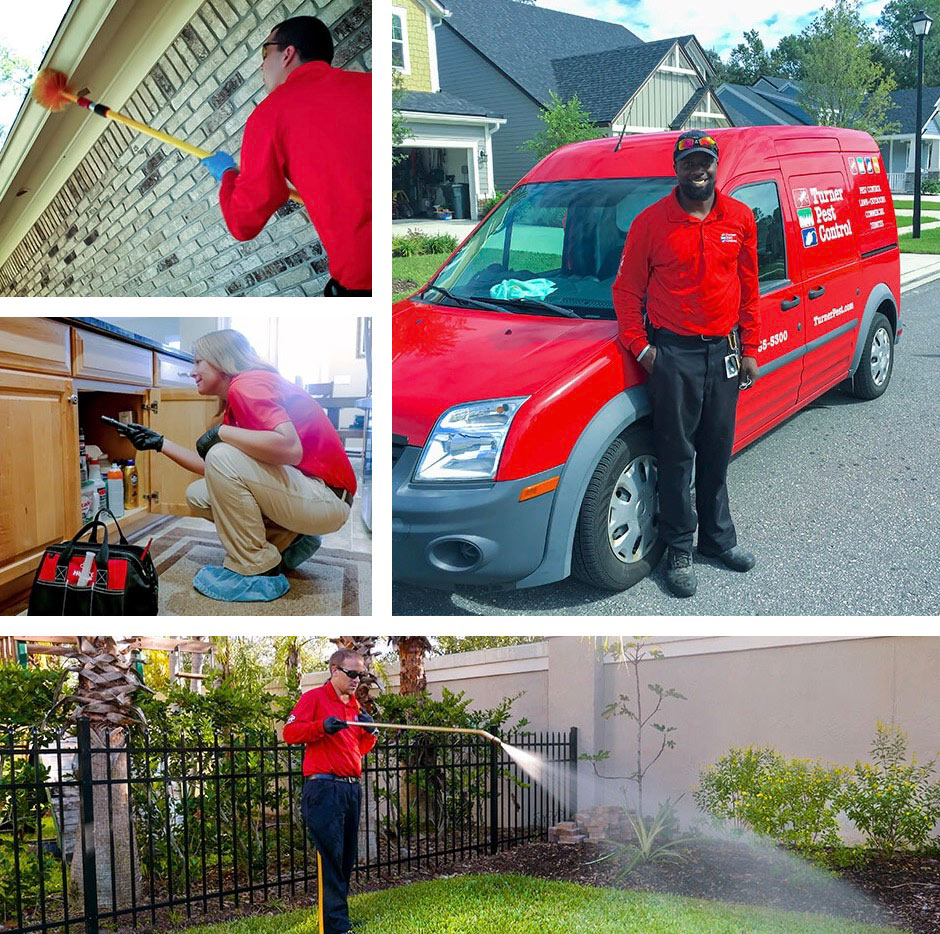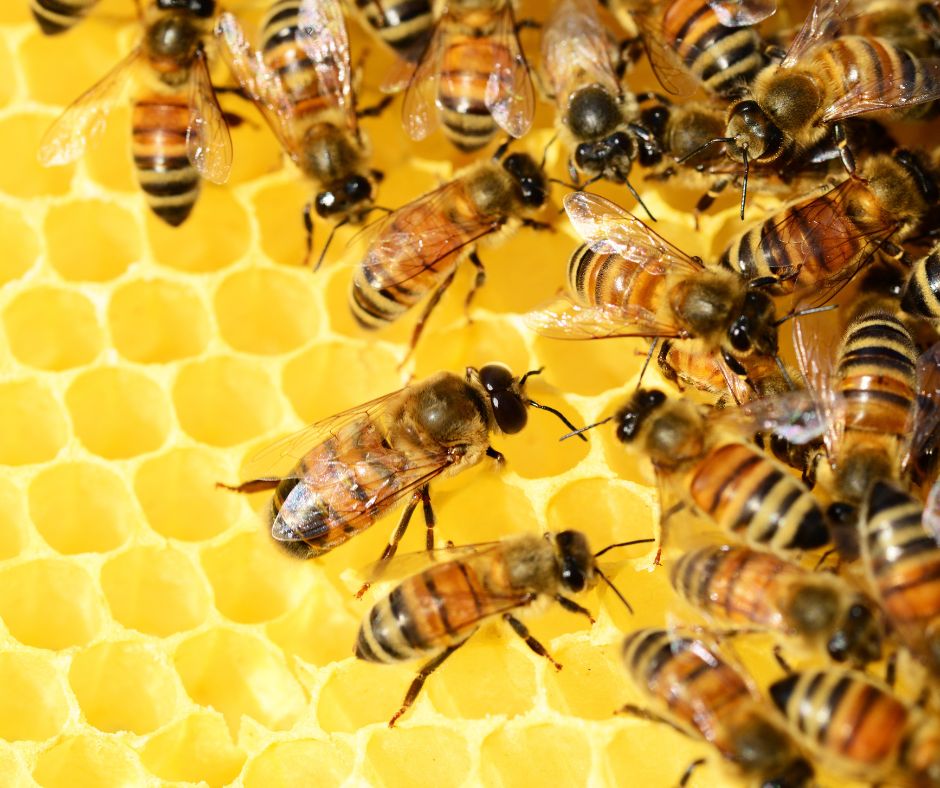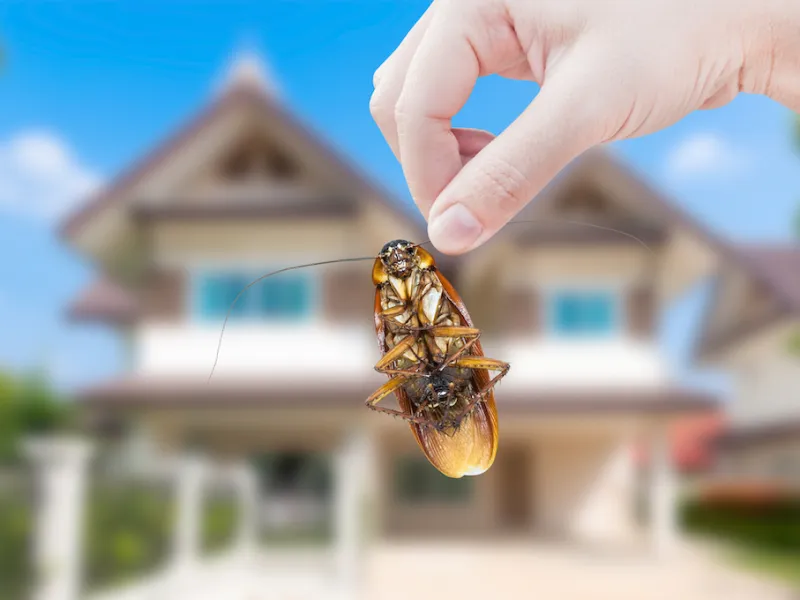Pest Control Services: Keeping Your Home Safe from Harmful Insects
Uncover the Value of Insect Control in Maintaining a Healthy Environment and Treatment Strategies

The Function of Pests in Environments
Bugs, frequently watched entirely as hassles, play a multifaceted duty in ecological communities that is important for keeping eco-friendly balance. They contribute dramatically to various ecological procedures, consisting of pollination, nutrient cycling, and insect control. As an example, many insect types, such as butterflies and , are crucial pollinators for a large range of plants, which subsequently supports biodiversity and food manufacturing.
Furthermore, parasites serve as victim for many killers, developing a crucial link in food webs. This connection makes certain the survival of numerous species and helps regulate populations within environments (Termite treatment Port Charlotte). Decomposer parasites, such as particular beetles and fungis, are crucial in damaging down natural issue, hence improving dirt and promoting vitamins and mineral recycling.
Alternatively, while parasites can be valuable, their overpopulation or intrusion right into non-native settings might interfere with these environmental functions. This complexity highlights the significance of understanding pest characteristics, as reliable bug administration techniques need to think about both their eco-friendly duties and possible influences on human tasks. Stabilizing pest visibility while lessening damage is crucial for protecting the stability of ecological communities and making sure agricultural efficiency.
Health And Wellness Threats Associated With Bugs
The presence of bugs in different environments extends beyond their ecological duties, as they also pose substantial health risks to human beings and animals. Numerous bugs, including rats, bloodsuckers, and bugs, are carriers of conditions that can have major wellness implications. For example, rats are known to transfer hantavirus and leptospirosis, both of which can bring about serious respiratory system and renal problems, specifically.
Insects such as ticks and insects are well known for spreading vector-borne illness like jungle fever, dengue high temperature, and Lyme disease. These health problems can cause high morbidity and mortality rates, especially in prone populaces. In addition, pests like bedbugs and cockroaches can intensify allergic reactions and asthma, adding to breathing troubles in people, especially those with pre-existing conditions.
Additionally, the existence of bugs can bring about psychological tension and discomfort, affecting general health. Contamination of food and surface areas by parasite droppings and continues to be can bring about foodborne illnesses, highlighting the importance of maintaining sanitary conditions. Comprehending the health risks associated with bugs is vital in recognizing the necessity of effective parasite administration methods to guard animal and human health.

Benefits of Effective Insect Control
Efficient bug control is necessary for preserving a healthy and safe environment, as it continually alleviates the various risks linked with bug invasions. One of the main benefits of effective parasite administration is the reduction of wellness dangers.
Additionally, reliable insect control safeguards residential or commercial property and structures from damages. Many parasites, like termites and carpenter ants, can create substantial architectural damage that might need costly fixings. By proactively taking care of these house owners, businesses and invasions can safeguard their financial investments.
Another substantial advantage is the enhancement of total high quality of life. A pest-free setting contributes to mental wellness and lowers tension related to problems. Efficient insect control cultivates a much safer setting for family pets and kids, making sure that homes continue to be havens totally free from dangerous chemicals and disease-causing microorganisms.
Usual Bug Control Methods

In the realm of pest monitoring, different techniques are used to fight problems successfully. These techniques can be generally categorized into 3 main strategies: cultural, mechanical, and chemical controls.
Social control entails changing practices to lower insect reproduction, survival, and establishment. This might include plant rotation, correct cleanliness, and environment manipulation, which jointly create an atmosphere much less conducive to pest expansion.
Mechanical control utilizes physical methods to get rid of bugs (Termite treatment Port Charlotte). Strategies such as traps, vacuums, and barriers are typically used to directly remove parasites from an area. This method is especially efficient for handling rats and bugs without making use of unsafe chemicals
Chemical control entails the application of chemicals to take care of bugs. These compounds can be categorized into fungicides, insecticides, and herbicides, each targeting particular types of bugs. It is critical to make use of these chemicals judiciously, sticking to security guidelines and laws to decrease possible damage to non-target species and the environment.
Each insect control technique has its limitations and advantages, and typically, an integrated strategy incorporating several methods generates the most effective results in maintaining a pest-free environment.
Lasting Insect Monitoring Practices
Lasting insect management techniques include a variety of strategies made to decrease ecological impact while properly managing parasite populations. These methods focus on making use of eco-friendly methods over chemical pesticides, therefore reducing the danger of harm to non-target types, consisting of useful insects, wildlife, and human beings.
Integrated published here Bug Administration (IPM) Get More Information is a cornerstone of lasting practices, combining biological, cultural, mechanical, and chemical strategies to manage bugs. For example, organic control involves introducing all-natural killers or bloodsuckers to reduce bug populations. Cultural techniques, such as crop turning and polyculture, interrupt pest life cycles and boost environment resilience.
Mechanical approaches, such as barriers or traps, can properly stop parasite gain access to without chemical treatment. In addition, preserving healthy ecosystems with proper dirt administration, plant health and wellness, and biodiversity can naturally minimize pest problems.
Education and learning and recognition are essential elements, equipping people and neighborhoods to recognize bug risks early and carry out precautionary actions. Termite treatment Port Charlotte. By promoting a holistic strategy that balances insect control with ecological stability, sustainable pest management practices not only safeguard crops and structures but also contribute to a healthier setting for future generations
Verdict

Comprehending the health dangers connected with pests is critical in acknowledging the necessity of reliable insect monitoring methods to safeguard animal and human health.
Effective parasite control is necessary for maintaining a secure and healthy setting, as it regularly minimizes the various threats associated with bug infestations.Integrated Bug Management (IPM) is a foundation find here of lasting practices, incorporating biological, cultural, mechanical, and chemical methods to manage bugs. By recognizing the role of bugs, identifying involved wellness threats, and employing varied therapy techniques, a sustainable technique to pest monitoring can be achieved. Integrated Bug Monitoring (IPM) emphasizes a holistic method that minimizes harm to advantageous microorganisms while properly regulating pest populations.